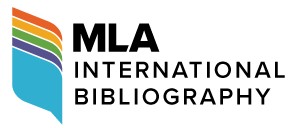Abstract
Deeply involved in religion, Edward Said's intellectual image may not be depicted fully if the significance of religion to him remains unclarified. Religion has two dimensions in Said's writings: one refers to specific religions such as Islam, Christianity, and Judaism, which concern his religious identity, religious experience and the religious environment in which he grew up; the other is the metaphorical “religion” of culture, nation and state, or a secularized religion. Said is more tolerant of the former, but more critical of the latter because it always acts as a reductive measurement of differentiation that identifies a particular “we” by excluding the Other. Said has the deepest connection, among various others, with “Islam.” When Western media and the so-called experts regularly reduce “Islam” to a huge homogeneous entity, he endeavors to uncover the ideology and power struggle underlying such representation that seems objective and neutral. By criticizing “covering Islam,” he appeals to the critical consciousness of intellectuals, which Julian Benda refers to as the trabison des clercs, that is, an alienated and uncompromising severity.
Keywords
Edward W. Said, religion, culture, Islam, critical consciousness
First Page
196
Last Page
204
Recommended Citation
Li, Sheng. 2025. "Edward Said on Religion: The Counterpoint between the Sacred and the Secular." Theoretical Studies in Literature and Art 44, (6): pp.196-204. https://tsla.researchcommons.org/journal/vol44/iss6/20


